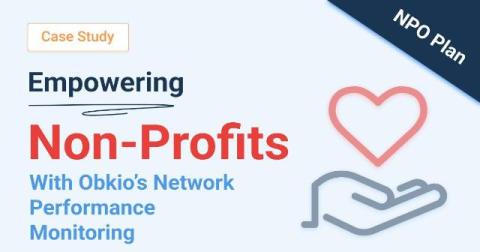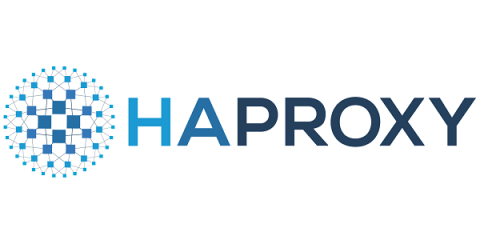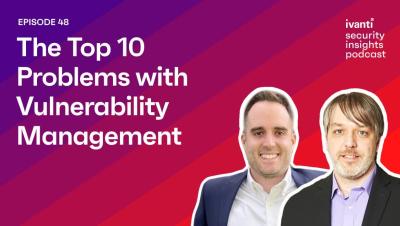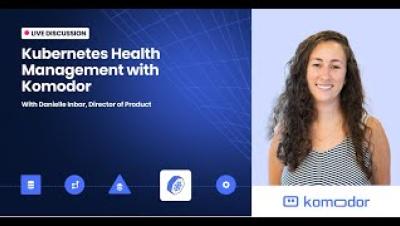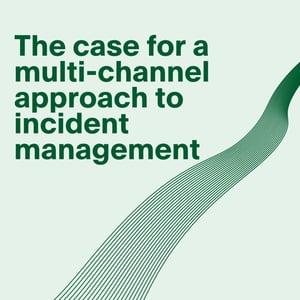How Obkio's NPO Plan Supports Organizations Making a Global Impact With Affordable Network Monitoring
At Obkio, we believe in using our resources to give back to organizations that make the world a better place. That’s why we launched our NPO Plan—a program designed to help non-profits access advanced Network Performance Monitoring at a significantly reduced cost. By offering our services to non-profits at a fraction of the price, we help them to focus on what matters most—supporting their missions, rather than worrying about IT costs.


